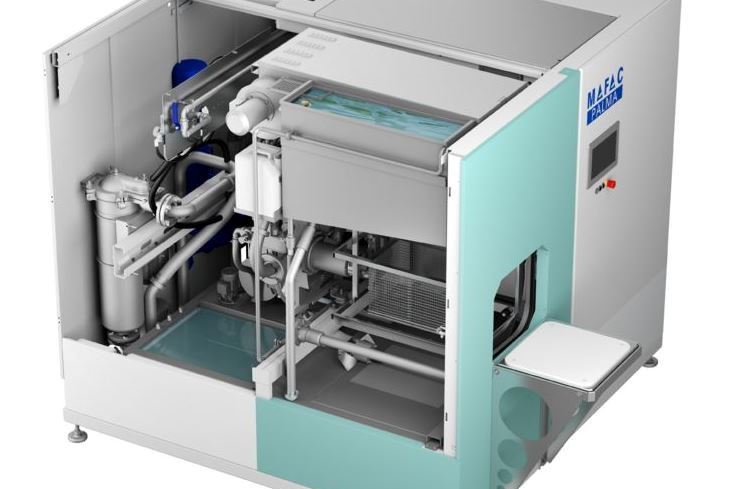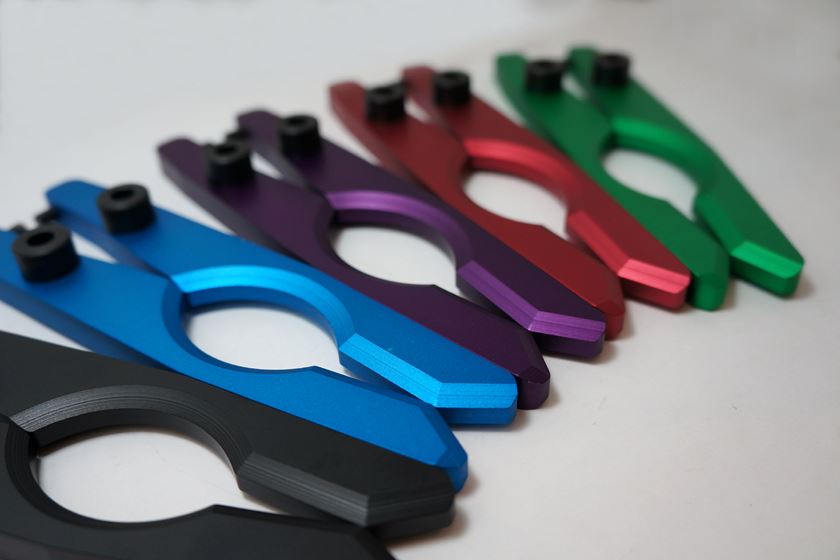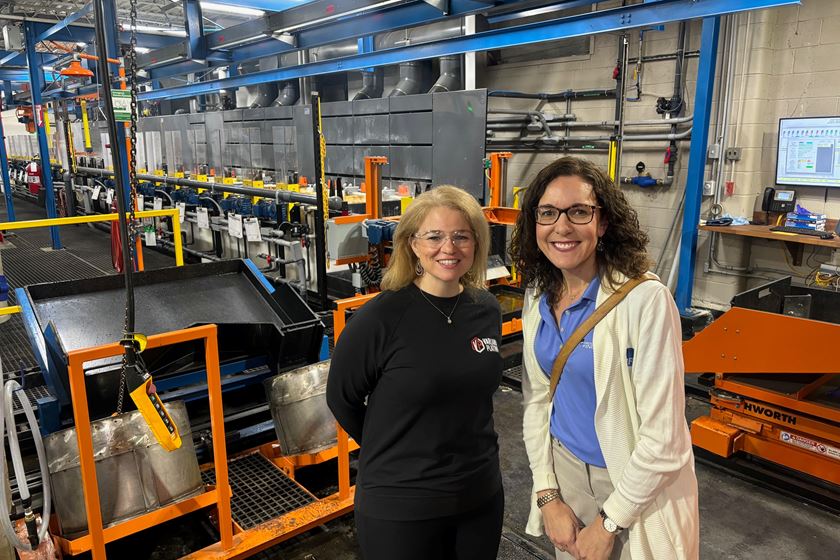Tin Lead Plating
Is it possible to plate a cold-rolled steel part with a minimum 5–7 percent lead content tin plate?
Q. We have recently received a request to plate a cold-rolled steel part with a minimum 5–7 percent lead content tin plate. My plating vendors have told me they can only do 60/40 tin/lead.
Is this so, or are our platers just not set up to do this type of plate? M.C.
A. Sixty/forty tin/lead plating has been the standard type of solder plate for many years. In fact, I would call it a classic plating bath. But things have changed; with the emphasis of removing lead from our environment, newer tin/lead plating baths are available.
For example, a 90/10 tin/lead plating bath is now commonly available. The 90/10 tin/lead has different properties compared with the 60/40 tin/lead,
however, so if there is no problem with lead content, the 60/40 plate is routinely specified.
To be on the safe side I would go back to the specifier and determine if 5–7 percent lead is a minimum amount or the actual amount required.
RELATED CONTENT
-
Sizing Heating and Cooling Coils
Why is it important for you to know this?
-
A Chromium Plating Overview
An overview of decorative and hard chromium electroplating processes.
-
Plating Q&A: Can you color stainless steel?
Our expert, Art Kushner, says yes, you can color stainless steel, but it is not a process that is typically performed in a plating shop. Read more about his answer.
















